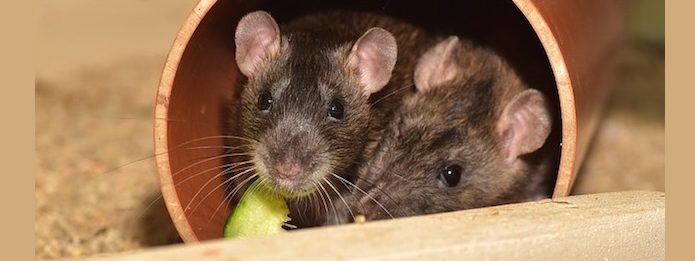 One of the tricky things about controlling mice is that they love to communicate and they’re smarter than you might imagine. As a human, you won’t hear a lot of loud noises, growling or yelling, but these little critters do know how to communicate with each other. You can learn what their communication tactics are, however. That is one way you’ll know there’s an infestation and you need mice control Kitchener professionals on the job.
One of the tricky things about controlling mice is that they love to communicate and they’re smarter than you might imagine. As a human, you won’t hear a lot of loud noises, growling or yelling, but these little critters do know how to communicate with each other. You can learn what their communication tactics are, however. That is one way you’ll know there’s an infestation and you need mice control Kitchener professionals on the job.
 One of the tricky things about controlling mice is that they love to communicate and they’re smarter than you might imagine. As a human, you won’t hear a lot of loud noises, growling or yelling, but these little critters do know how to communicate with each other. You can learn what their communication tactics are, however. That is one way you’ll know there’s an infestation and you need mice control Kitchener professionals on the job.
One of the tricky things about controlling mice is that they love to communicate and they’re smarter than you might imagine. As a human, you won’t hear a lot of loud noises, growling or yelling, but these little critters do know how to communicate with each other. You can learn what their communication tactics are, however. That is one way you’ll know there’s an infestation and you need mice control Kitchener professionals on the job.

